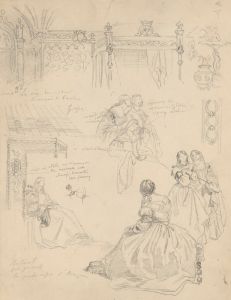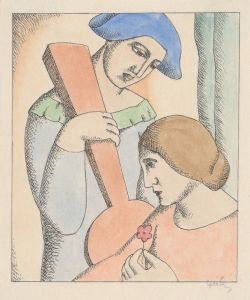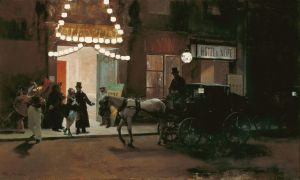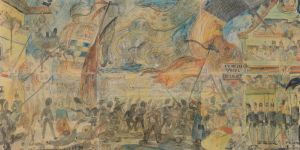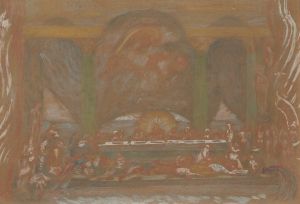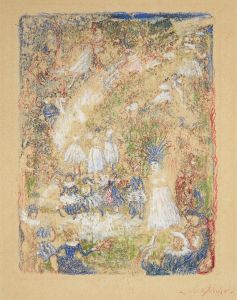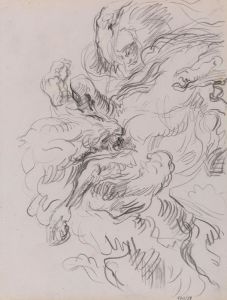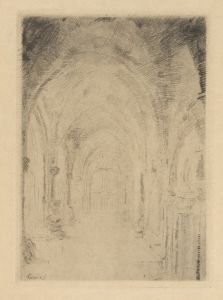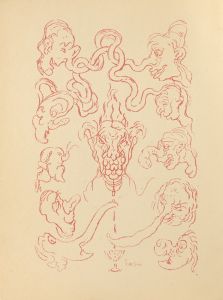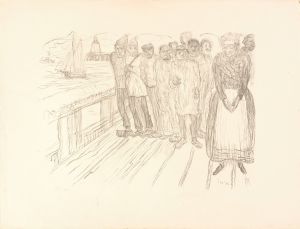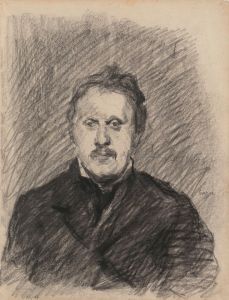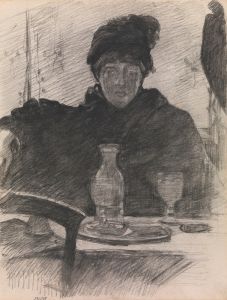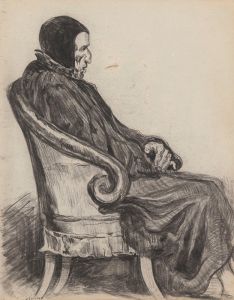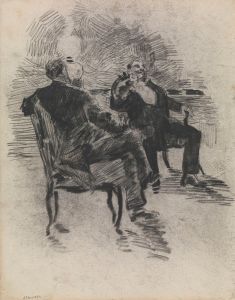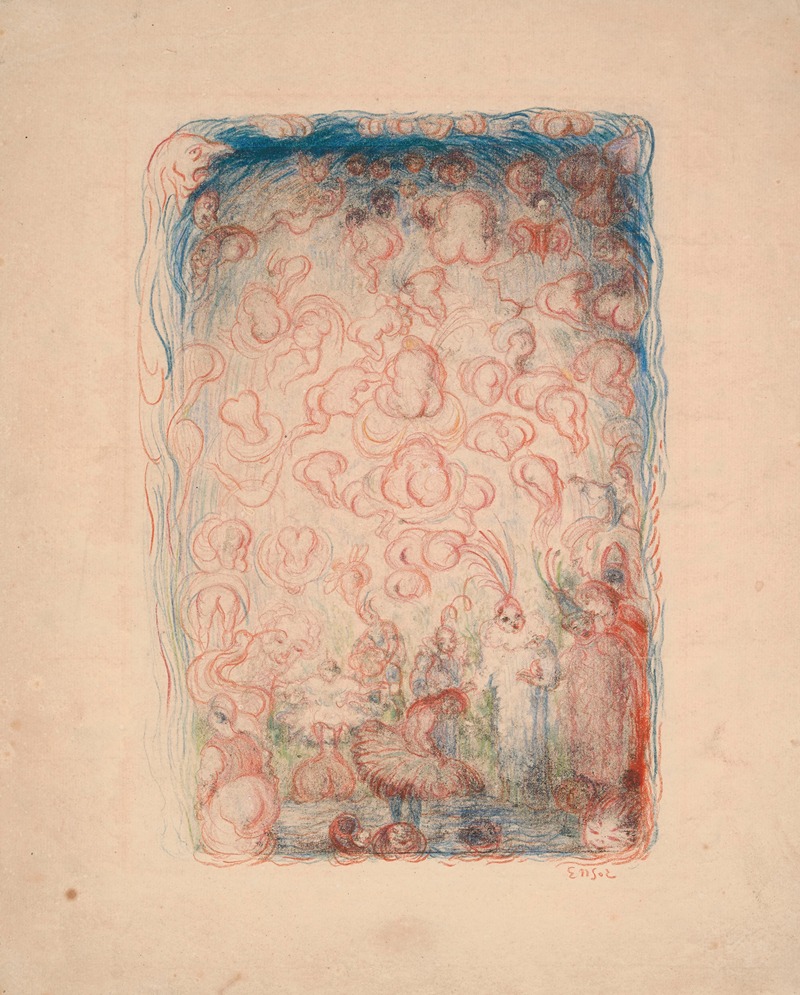
Ballet Scene
A hand-painted replica of James Ensor’s masterpiece Ballet Scene, meticulously crafted by professional artists to capture the true essence of the original. Each piece is created with museum-quality canvas and rare mineral pigments, carefully painted by experienced artists with delicate brushstrokes and rich, layered colors to perfectly recreate the texture of the original artwork. Unlike machine-printed reproductions, this hand-painted version brings the painting to life, infused with the artist’s emotions and skill in every stroke. Whether for personal collection or home decoration, it instantly elevates the artistic atmosphere of any space.
James Ensor, a prominent Belgian painter and printmaker, is known for his unique and often surreal style that combines elements of satire, fantasy, and the grotesque. One of his notable works is "Ballet Scene," a painting that reflects his distinctive approach to art and his interest in theatrical subjects.
"Ballet Scene" was created during a period when Ensor was deeply engaged with themes of performance and spectacle. The painting captures a moment from a ballet performance, showcasing dancers in motion. Ensor's use of color and form in this work is characteristic of his broader oeuvre, where vibrant hues and dynamic compositions are employed to evoke emotion and narrative.
Ensor's fascination with masks and theatricality is evident in "Ballet Scene." The dancers are depicted with exaggerated features, almost as if they are wearing masks, which adds a layer of surrealism to the painting. This aligns with Ensor's frequent exploration of the boundary between reality and illusion, a theme that recurs throughout his body of work.
The composition of "Ballet Scene" is both lively and chaotic, reflecting the energy and movement of a live performance. Ensor's brushwork is expressive, capturing the fluidity of the dancers' movements and the vibrant atmosphere of the theater. The painting's background is filled with abstract forms and colors, suggesting an audience or stage setting, but it remains ambiguous, allowing viewers to focus on the dancers themselves.
Ensor was part of the avant-garde movement in Belgium, and his work often challenged conventional artistic norms. "Ballet Scene" can be seen as a reflection of this, as it defies traditional representations of ballet by infusing it with Ensor's unique vision. The painting does not aim for realism; instead, it seeks to convey the essence and emotion of the performance through Ensor's imaginative lens.
Throughout his career, Ensor was influenced by a variety of artistic movements, including Impressionism and Symbolism, but he ultimately developed a style that was distinctly his own. "Ballet Scene" exemplifies this personal style, as it combines elements of these movements with Ensor's fascination with the macabre and the fantastical.
Ensor's work, including "Ballet Scene," has been celebrated for its originality and its ability to provoke thought and emotion. His paintings often contain social commentary, critiquing aspects of society and human nature. While "Ballet Scene" primarily focuses on the art of dance, it also invites viewers to consider the performative aspects of life and the roles people play in their own personal theaters.
Today, James Ensor is regarded as a significant figure in the history of modern art, and his works continue to be studied and appreciated for their innovative approach and their impact on subsequent generations of artists. "Ballet Scene" remains an important part of his legacy, illustrating his ability to transform everyday subjects into extraordinary visual experiences.





